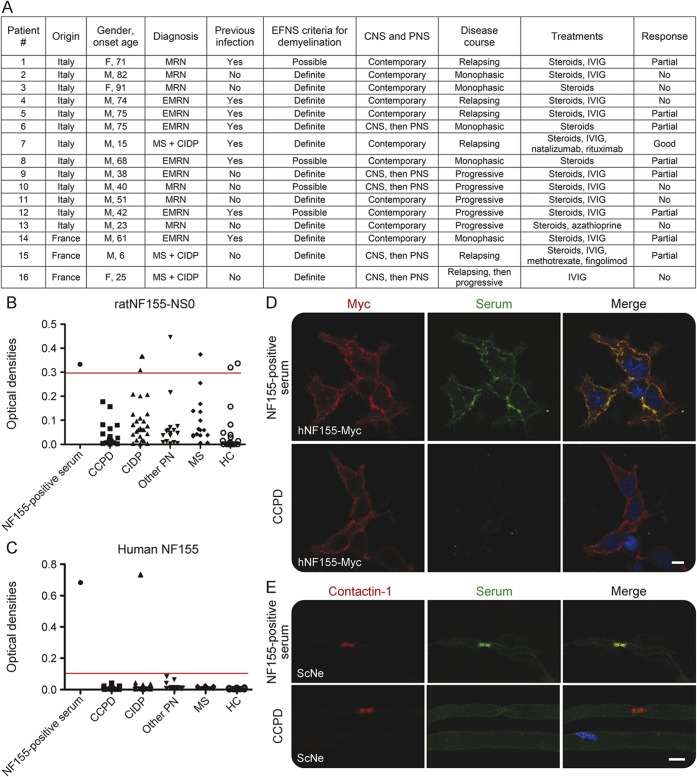Figure 1. Absence of anti–neurofascin-155 (NF155) antibodies in combined central and peripheral demyelination (CCPD).
(A) Clinical features of the patients with CCPD. EMRN = encephalomyeloradiculoneuritis; IVIG = IV immunoglobulin; MRN = myeloradiculoneuritis; PNS = peripheral nervous system. (B–E) Serum samples from patients with CCPD (n = 16), patients with chronic inflammatory demyelinating polyradiculoneuropathy (CIDP) (n = 26), patients with other peripheral neuropathy (PN) (n = 15), patients with multiple sclerosis (MS) (n = 15), and healthy controls (HC) (n = 20) were tested for autoantibodies to rat NF155 (B) and human NF155 (C) by ELISA. Optical densities (OD) to NF155 are shown after subtraction of baseline OD reading to bovine serum albumin. The cutoff (red line) represents the mean of HC and other PN groups plus 3 standard deviations. (D) Serum from NF155-positive patients with CIDP, but not sera of patients with CCPD, reacted against myc-tagged human NF155 in HEK293 cells. (E) NF155-positive CIDP serum, but not sera of patients with CCPD, colocalized with contactin-1, an axonal protein that interacts with glial NF155 at paranodes, in mouse sciatic nerve fibers. Scale bars (D, E): 10 μm.

